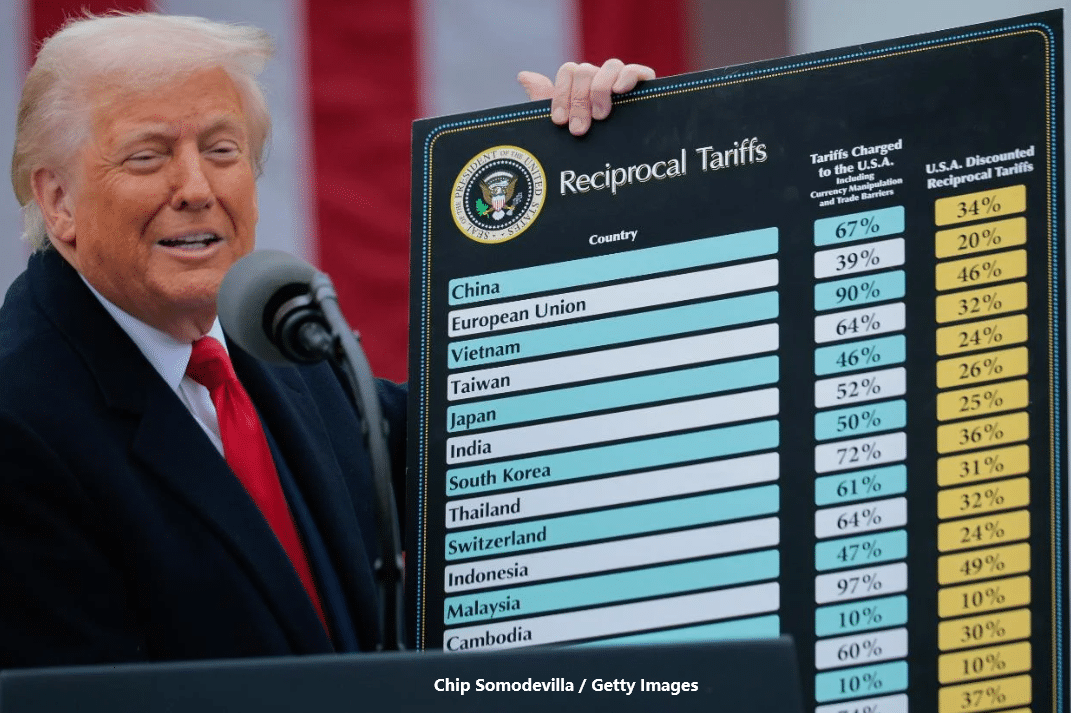NZTE China E-Commerce & Social Media
E-commerce and social media have rapidly become part of daily life in China and the digital world presents an opportunity for many NZ companies. From our population base here in NZ of less than five million the numbers are simply staggering. As many in NZ companies are already aware:
There are now over 640 million active Internet users in China
China has quickly grown to almost 20 percent of the world’s total e-commerce user base
Over 340 million people shopped online in China last year
And they made 16 billion individual purchases
Within two years, two thirds of China’s urban population will have shopped online
And within two years China will account for more than half of global e-commerce
Recently New Zealand Trade and Enterprise (NZTE), with the support of the New Zealand China Trade Association (NZCTA) and the New Zealand China Council (NZCC), held full-day workshops in Auckland and Christchurch and brought speakers and panellists to talk past the sheer size and scale and to go deeper with insights and information to help NZ companies better understand the market, better understand potential consumers’ needs and motivations, and better understand how their own product and business proposition fits with that market and the consumer. The end result was a day packed full of information to help develop and implement well-planned digital market strategies for China. The speakers gave practical approaches for understanding consumer decision making, reaching potential customers, and engaging the consumers through social media, search engine optimisation, and using key opinion leaders and influencers. In addition, the attendees received insights on sound overall market strategy to back up their e-commerce plans – including choice of business model, market research, consumer testing, data-driven insights, and keeping track of regulatory changes.
Below is a brief overview of the key themes that came out of the workshop.
The Market and the Economy
As Mark Tanner from China Skinny pointed out there is significant negative media coverage of the economy in China – imports are down, housing is over-priced and GDP growth is “only” 6.9% compared to last year, however Mark also pointed out that in the same period retail sales are up 11.3%, E-Commerce sales value is up 37%, and mobile transactions are up 123%! Consumption is driving 85% of growth so there are still significant opportunities in China.
We also learnt that the top 100 retailers in China account for only 8% of total retail sales so it is a very fragmented market with some strong local (regional) retail brands but none with national dominance. And looking at total retail sales in China less than 10% come from imported products but when looking at online sales 40% come from imported products. With online sales having quickly grown to some 12-14% of total retail, the opportunities for imported products seems strong but as Mark pointed out competition is intense with over 10 million sellers on T-Mall alone so, “You need to go in with realistic expectations….”
The Consumers
The online consumers are very young with most born in the 70’s, 80’s and 90s, they are heavily into Social Media, they enjoy sharing brand/product experience, they trust word-of-mouth and they trust KOL recommendations. So what are the key challenges for NZ companies intending to sell online to consumers in China?
First, perceptions can be very different between Chinese and New Zealand consumers and it is important to view and understand or have someone who can view for you the perceptions of the Chinese consumers.
Secondly, those perceptions will be dramatically different across the generations – instead of looking at generations across the typical Gen X, Y, and Millennials the recommendation was to look at those born in the “Post 80’s” and “Post 90’s” as two distinct groups. The “Post 80’s” grew up as China was still in a dramatic growth period where there was less wealth and so they had “bought into the dream” of becoming wealthy and successful whereas the “Post 90’s” had gone through university often graduating to a highly competitive and often relatively low paid work force so are much more independent and do not buy into the dream as much.
Thirdly, it is so important to reiterate that China is not one country but many different markets defined by size, wealth, geography, education, etc and this reinforces the often repeated need to initially focus on one geographic area or cluster.
Fourthly, it is also important to remember the influence the fake market has had on China and coupled with numerous food scandals the Chinese consumers generally lack trust when purchasing. As a result, the Chinese consumers will research before purchasing more so than anywhere else in the world. And with this in mind it is also crucial to remember that in China E-Commerce is as much about marketing as it is about selling.
Digital Statistics, Size, Growth, Trends
It is clear that the China E-Commerce market is huge already but it is also continuing to grow and with ongoing involvement and development. Some of the key statistics are:
1.4 billion total population
1.2 billion mobile subscribers
Over 600 million internet users
Over 500 million mobile social accounts
Over 300 million online shoppers
Over 4.1 Trillion GMV in 2015
14% shop online daily (compared to 5% globally)
63% shop online weekly (compared to 21% globally)
35% of online shoppers are aged 25-34 and 21% aged 18-24
The Digital Ecosystem in China
E-Commerce sales have moved quickly from B2B (strongly led by Alibaba’s TaoBao) to B2C with B2C now representing 48% of total online sales. And of the total online B2C sales 61% of sales are transacted through Alibaba’s T-Mall, 19% through JD, 9% through Suning, VIP, Gome, & Yihaodian, and the remaining 11% through the numerous other platforms/providers.
The digital landscape is dominated by two ‘families’ – Alibaba and Tencent and between them these groups have platforms holding the number 1 &/or 2 spot across E-Commerce, Social Media, Video, and Payments.
And the social media space is very well developed. In addition to Weibo and WeChat which have quickly grown to create huge user numbers there are numerous platforms based on either functional segments of the market or various communities as the infographic below created by Kantar Media CIC shows.
Source: Kantar Media CIC (http://www.ciccorporate.com)
The huge volume of e-commerce GMV share by T-Mall has led many to a desire to set up a T-Mall Flagship store or using a Trusted Partner (TP) on one of the major platforms, however 10 million sellers on T-Mall alone means a crowded and competitive market and how will companies with relatively low marketing budgets get noticed?
Models and Routes to Market
Looking at the various routes to reach the Consumer in China leads to four core models:
Selling products through “General Trade” which means importing through normal trade channels and selling either through physical ‘bricks & mortar’ retail or online.
“Zhiyou” or direct mail where the parcel is sent direct from NZ (or via Hong Kong) to the consumer inn China with the last mile delivery by a local 3PL
“Beihuo” or via a bonded warehouse where products are shipped and stored in bulk at a Free Trade Zone (FTZ) and as orders are received despatch is from the FTZ warehouse and last mile delivery is also by a local 3PL. Normal customs procedures apply as the goods leave the warehouse
Consolidated Shipment from NZ where the merchant in NZ receives an online order and individual shipments are consolidated into one shipment by a local NZ 3PL. The shipment is then delivered to a warehouse in a FTZ and despatch is from the FTZ warehouse with last mile delivery is also by a local 3PL
It is clear that there is no ‘one-size fits all’ solution with various options for companies to assess and evaluate for their current and future business in China. As outlined in the workshops there are the traditional routes to market through general import and trade as shown in the diagram below which is a relatively straight-forward approach with any applicable duties or VAT paid on entry. The key limitation however is that some products that are subject to specific regulations or restrictions. For example, any skin-care products entering through these general trade channel whether to be sold online or offline require animal testing and any products with health claims require the so-called “blue-hat” registration. The Cross-Border E-Commerce models (CBEC) have however opened the door for many products to enter into China with the above three core models available.
Source: NZTE
Each of the models have different logistical, regulatory, tax, and cost advantages and/or implications which can be explored to determine what is best for the company and these routes to market may change over time as sales volumes change.
Daigou
In the workshops there was some practical advice about the “Daigou” channel. Daigou (代购) is where a Chinese tourist or immigrant overseas purchases products overseas and resells the items through personal networks in China. Because the goods go through cross-border e-commerce channels or are sent as individual parcels direct to consumers avoiding the high costs of retail and the high supply chain costs the prices can be cheaper than those products on the shelves that have arrived through general trade channels. And for some products that are restricted for sale in China such as skin-care and nutritional products this is a viable route to market.
With some 50,000 Daigou in Australia and some 15,000 in New Zealand questions have been raised of the standard and integrity, however as Livia Wang from Access CN pointed out that while the Daigou should not be seen as professional marketers the Daigou channel can be very useful to start sales into China on a limited budget. Much of the success is driven by the consumers in China where purchase is decision making is heavily purchased by word-of-mouth with 74% of consumers stating that they would prefer to purchase from someone they know.
Based on Access CN research some 86% of Daigou are part time and 62% base their purchase decision on the strength and awareness of the brand. They also are strongly influenced by purchase convenience and availability of China relevant content.
So as a valuable channel to embrace, Livia proposed a four stage approach to using Daigou to establish sales in China:
Establish a strong brand in your home market
Encourage Daigou to start buying and reselling
Offer relevant marketing information, content, and incentives
Start social listening, engage KOL’s, create social media content
The Importance of Localisation
Speakers at the workshop reinforced the need to localise to be successful online in four core areas – payment, festivals & events, local story telling, and localising content. As it was pointed out simply translating a website is not enough. Many consumers are using 3rd party payment platforms such as Alipay and WeChat Pay or local bank online payment solutions. And online shopping is greatly influenced by the festivals driven by the large E-commerce providers. The ‘festival wheel’ shown below outlines the key online festivals with Alibaba’s “Singles Day” now the largest single online festival in the world. It was also clear that consumers are looking for the stories behind the products and brands and want to hear these in a way that will resonate with them. The old adage that “Content is King” is as true in China as it is in our home market.
Source: NZTE
Top 10 Take-outs
The speakers at the workshops outlined the many different routes to market and highlighted key considerations for selling online or when using social media in China. In summary there are 10 core points that were clear from the workshops.
There are multiple options to enter and build a business online in China with multiple models, platforms, routes to market, geographical markets, delivery solutions, payment solutions, etc and success will require careful assessment on entry and as the products and brands are established.
Having a USP based on “From NZ” alone is not enough – the NZ Story is strong and resonates well with many consumers in China but the consumers research more than anywhere else in the world so they need more. They need a compelling story behind the product; they need to be able to buy at a competitive price; and they need to be able to trust in the product and it’s supply chain from production to delivery into the hands of the consumer.
Localisation of products, packaging, brand stories are all key to compete in this very crowded and competitive market – a translated website alone is not enough as the message needs to be adapted to resonate with the local consumer needs, wants, motivations, and desires. At the same time the consumers are not looking for products totally designed for or different to those sold in the home market.
Hero Products are an absolute must to establish the brand so there is a need to understand what is selling and why. In some cases, the hero products selling in China are not the hero products sold in the home market.
It is critical to engage Chinese staff to monitor and review the available data and relevant e-commerce and social media sites and platforms to understand what is happening in the market, what is being said about the company and its products, and where the products are being sold. There is significant data available which can help companies understand their sales, competitor sales, and industry sales which can be used to maximise sales and build brand loyalty.
The China digital world is fast-moving, evolving, and changing so plans made to focus on where the market is today are unlikely to be successful – following the mantra attributed to Wayne Gretzky “Skate to where the puck is going, not to where it has been”.
Regulations are a challenge. They change fast and can be unclear with the interpretation and implementation left to local officials and jurisdictions so having a process to gather as much information as possible and being ready to react as quickly as possible will continue to be important for E-Commerce in China.
The Daigou have created low-cost and brand-establishing opportunities for many companies to sell online in China but prudent management in branding & pricing, and continued monitoring, measuring, and control is needed.
It is important to start building the brand awareness in NZ by targeting the Chinese community and tourists before promoting the products on the digital platforms in China.
And finally the message is to “take control of your own destiny”. While the Daigou or others may start the selling process online for a company the longer term success will hinge on the company assessing and exploring their options, engaging Chinese staff to build data and create useful information, spending time in the market, and building a strategy that works for that company and at the same time is adaptable and flexible enough to change and evolve as the market and consumers change.
















 MENU
MENU
